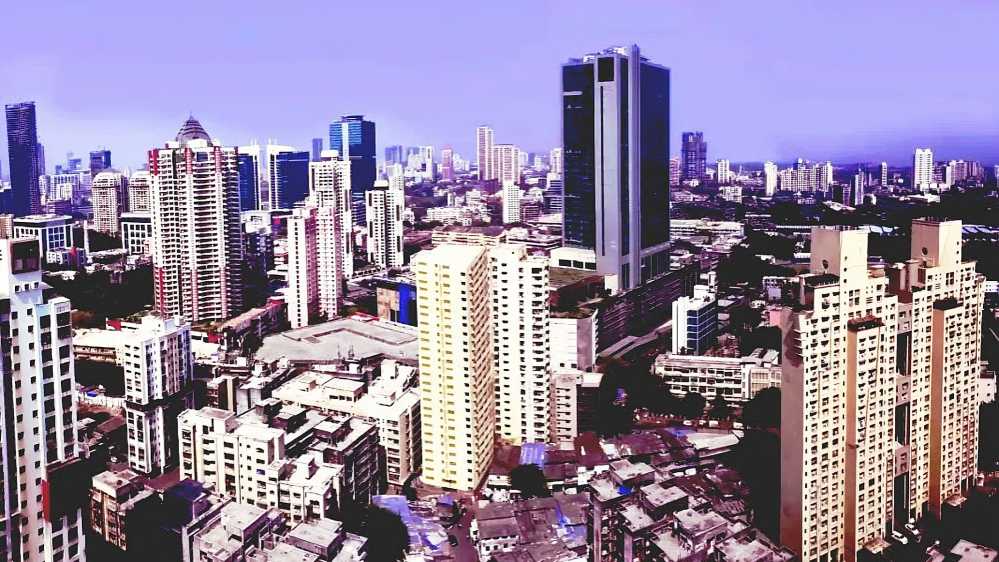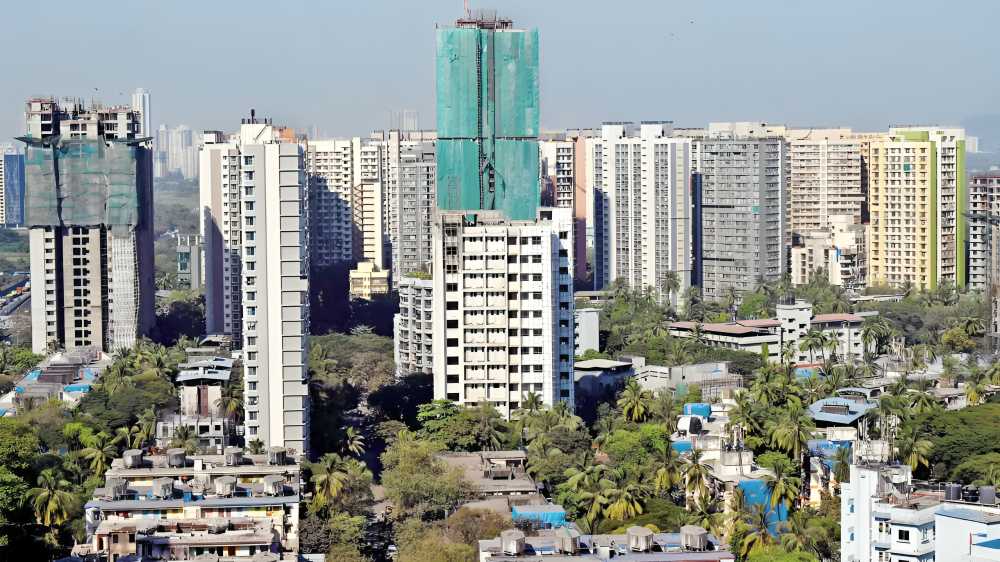November 19, 2025: Mumbai has long celebrated its mythology of shared space—the idea that a diamond trader and a daily-wage worker could stand shoulder to shoulder in a local train, equal in sweat and struggle. But that egalitarian city is quietly slipping away. A remark from a South Mumbai resident—let’s call him Rahul—captures this shift. Having spent his life gazing at the sea from balconies, clubs, and offices, he said, almost offhandedly, “You know, Mumbai’s infra has been built over so many years just to ensure that South Mumbaikars can get to the airport or weekend retreats in Alibaug and Lonavala without ever meeting ‘the other humans’.”
This comment reflects how Mumbai’s new infrastructure—sea link extensions, RoRo services, the coastal road, Atal Setu, and expressways—has redrawn the city’s social geography. While the democratic Mumbai still survives between the suburbs and far-flung localities like Virar, where lives and elbows collide inside train compartments, another Mumbai exists behind what Rahul calls “the zip codes of power.” Here, politicians, bureaucrats, industrialists, and celebrities live within inherited worlds, clinging to a nostalgic SoBo identity. Ironically, calling it “SoMu” marks you instantly as an outsider.
The city’s wealthy-but-not-SoBo class mirrors this exclusivity—branding Alibaug as the “Hamptons of Mumbai” despite never having seen the real Hamptons, or marketing distant luxury projects with names borrowed from iconic South Mumbai neighbourhoods.
As the city stretches north and east, density and disconnection rise. Every civic bottleneck becomes a pretext for new projects and political campaigns. Mumbai increasingly resembles an archipelago of bubbles, its groups encountering each other only briefly—at airports, cricket stadiums, or traffic signals. Even those who imagine themselves liberal and cosmopolitan remain insulated by an unspoken code of segregation.
This isolationist mindset is now being replicated elsewhere—Bandra’s new elites, luxury towers in Prabhadevi and Lower Parel, the aspirational enclaves of Powai, and the gated high-rises of Thane all mirror South Mumbai’s selective distance. Once, Mumbai thrived on friction between new dreams and old wealth; today, that energy is fading.
Despite massive spending on roads, flyovers, and sea bridges, basic civic needs—footpaths, greenery, public parks, hospitals—remain unmet. The city pours money into infrastructure for cars but leaves humans scrambling for shade, space, or stability. It behaves as though building anything at all is an act of charity.
Residents, meanwhile, endure noise, neglect, and endless congestion, yet soothe themselves with comparisons: “At least we don’t have an AQI of 800 like Delhi.” They cling to a city that holds them hostage, mistaking survival for affection.
Ultimately, a few square kilometres of SoMu remain the country’s wealthiest gated community, masquerading as a city—an island within an island, and the clearest symbol of how Mumbai’s once-democratic spirit has fractured into insulated worlds.
Source: The Free Press Journal





